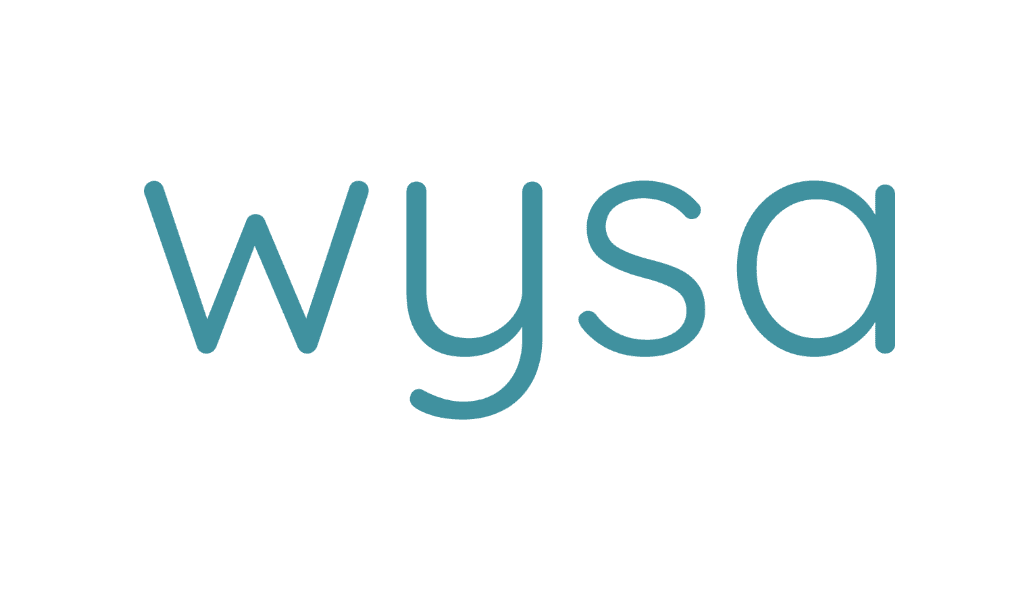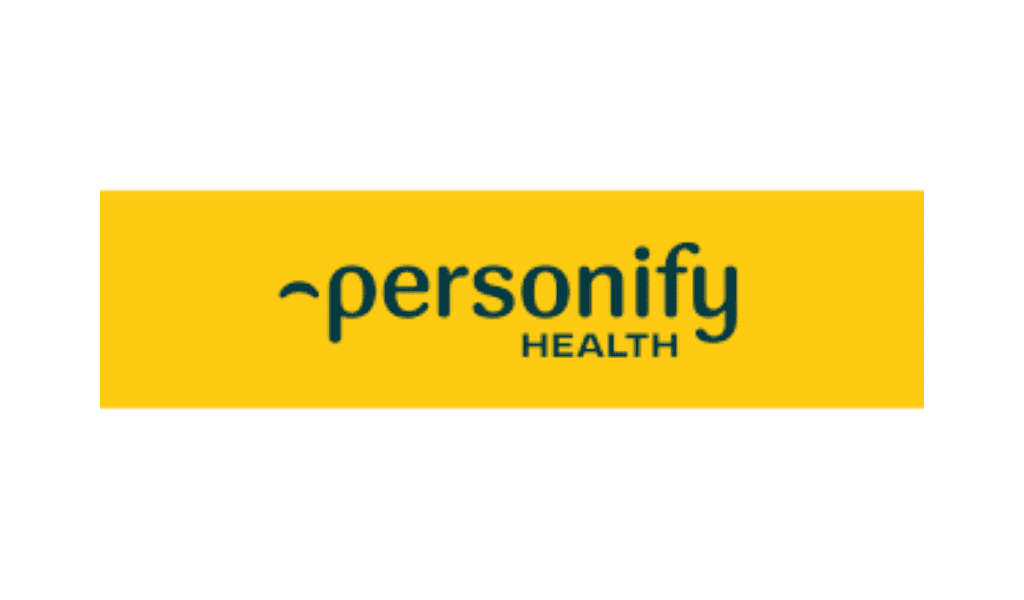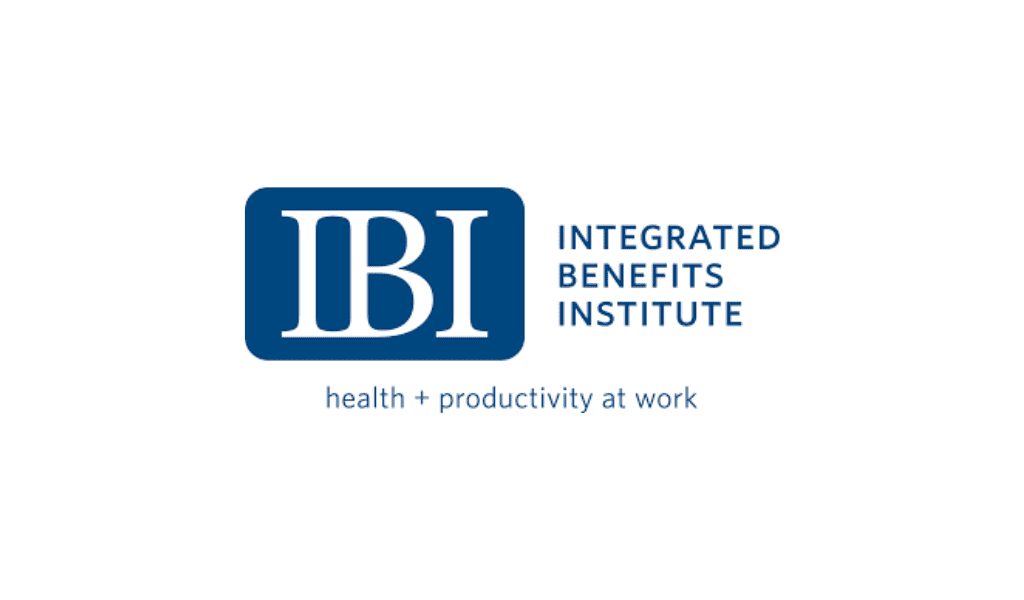Well-being is stagnant and employees are checking out. How can HR drive a more effective mental health strategy?
By Laine Thomas Conway
Employee well-being has plateaued despite significant investments by employers in recent years. Just over half (51%) of U.S. workers say they feel positive about their mental, physical, and emotional well-being. This is virtually unchanged since 2022, when 53% reported feeling optimistic, according to the 2023 Alight International Workforce and Well-being Study. Increasingly, studies show that employees who feel good about their well-being are more engaged and productive at work, giving employers every reason to be alarmed by these findings.
Less than half of employees (41%) believe their employer cares about their well-being and just 45% feel the benefits and programs they receive are relevant to them and their family. Slightly more than half (56%) of workers feel in control of their well-being and just 52% feel they have the power and resources to improve their health and happiness, compared to 60% in 2022. That points directly to the need for employers to offer well-being benefits that provide the tools, resources, and support employees need to reach their optimum well-being.
Stress Takes a Toll
Coming out of the pandemic, mental well-being was a major focus for schools, employers, and healthcare networks, as the long-term impacts of lockdowns, social distancing, and isolation were more fully understood. While COVID-19 fears have waned, other worries have taken their place, resulting in moderate to high stress levels for three-quarters of the U.S. workforce. That number rises to 80% among Gen Z and millennial employees, a pivotal demographic companies are relying on to drive future success. Of note for employers, half (52%) of workers rank job challenges as a top source of stress, while nearly one-third (30%) believe their job is negatively impacting their mental health.
While COVID-19 fears have waned, other worries have taken their place, resulting in moderate to high stress levels for three-quarters of the U.S. workforce. That number rises to 80% among Gen Z and millennial employees, the pivotal demographic companies are relying on to drive future success.
The mind-body connection is clear, with 75% of workers experiencing adverse effects of job-related stress, including sleep disruption (53%) and anxiety attacks (37%). Yet while nearly three-quarters (71%) of U.S. employees are enrolled in an employer-provided health plan, just under half (47%) say they have been unable to receive services like doctor visits, lab work, urgent care, specialist care, or surgeries when required. Workers attribute this lack of access to costs (41%), being unsure of where to go (23%), and long wait times (23%). Only 62% say they know where to go to get information on picking the right plan, while 44% regret a healthcare decision because they took bad advice, jumped into treatment, did not check costs, or neglected to see if a provider was in-network.
Less than half of employees (41%) believe their employer cares about their well-being and just 45% feel the benefits and programs they receive are relevant to them and their family.
Wallet Worries
It’s not surprising that costs rank as a significant factor preventing people from obtaining the care they need. The rising cost of healthcare has long been a source of stress for Americans. Factor in the uncertain economy and ongoing worries about inflation, layoffs, and the potential impact of geopolitical conflict on global economic growth, and it’s no wonder personal finances are causing great strife for over half (56%) of workers, with nearly one-third (29%) of employees saying their mental health has declined due to the current economic environment.
To improve their financial outlook, more than two-thirds of workers (67%) have reduced their spending, yet 31% say they often have no money left at the end of the month. Nearly half (49%) are concerned the money they do have won’t last, 46% feel their finances control their life, and 39% fear they will never have the life they desire due to their finances.
Restless Workforce
Amid this economic uncertainty, workers are positioned firmly in the driver’s seat. With unemployment at a 50-year low, millions of jobs sitting open, and geography no longer a limiting factor in employment opportunities, many employers are struggling to hire or retain enough people to keep operations running smoothly.
Hunkered down at home for the better part of two years, many people reevaluated their lives. Many realized their jobs weren’t fulfilling their personal or professional needs. Bolstered by the newfound recognition that they didn’t necessarily have to live in the same location as their job, a vast segment of the American workforce began seeking opportunities with companies whose values align with their own, who provide better work-life balance, and invest in their employees’ overall well-being.
Nearly half (48%) of workers say they are actively looking for a new job or open to leaving if they are approached. This trend is more pronounced among younger employees. Compared to just 19% of the total workforce, 26.5% of Gen Z workers and 22.8% of millennials say they expect to be actively seeking a new opportunity within the next 12 months.
There was a dramatic (142%) increase in the number of employees who don’t expect to be looking but would be open to leaving if offered a new job. This should give companies pause, as it means they are at risk of losing valued employees who aren’t even thinking about leaving.
While these findings are certainly dire, they provide tremendous opportunity for employers to not only bolster their recruiting and retention efforts, but also deliver a stellar employee experience, of which well-being is a key component.
Half (52%) of workers rank job challenges as a top source of stress, while nearly one-third (30%) believe their job is negatively impacting their mental health.
Igniting Engagement
When it comes to benefits, it’s not a matter of: “If you build it, they will come.” Benefits utilization is incredibly low at some companies despite increased investment in well-being offerings.
Clearly, there is a disconnect. Employers are stepping up and bolstering their benefits offerings, but employees aren’t recognizing the array of well-being programs and support services that are available to them.
To reignite engagement, employers should elevate their well-being programs by:
- offering comprehensive solutions in the market, encompassing mental, physical, and financial health;
- amping up well-being messaging through creative, interactive channels;
- touting total rewards to increase the understanding, value, and utilization of programs; and
- exploring new well-being tools that go beyond the basics to offer additional support for employees seeking caregiving support, stress management, and care across the women’s health continuum.
Powerful technologies like artificial intelligence enable organizations to deliver highly visible and personalized well-being programs and support through the employee’s preferred engagement channel. A personalized, tech-enabled approach across all aspects of well-being allows workers to take better control of their health by providing flexible benefit offerings that meet their needs. A solution that combines AI with high-touch navigation supports employees through complex decisions that impact their physical, emotional, and financial well-being.
In the era of the employee, it’s crucial for employers to prioritize initiatives that facilitate easy access to relevant and effective resources to engage their workers around their well-being. By helping workers use their benefits effectively, in the moments that matter, employers demonstrate that they genuinely care about their workers, boosting the employee experience and building a happier, healthier, and more productive workforce.
Laine Thomas Conway is vice president of strategy and thought leadership and engagement services at Alight Solutions.
















